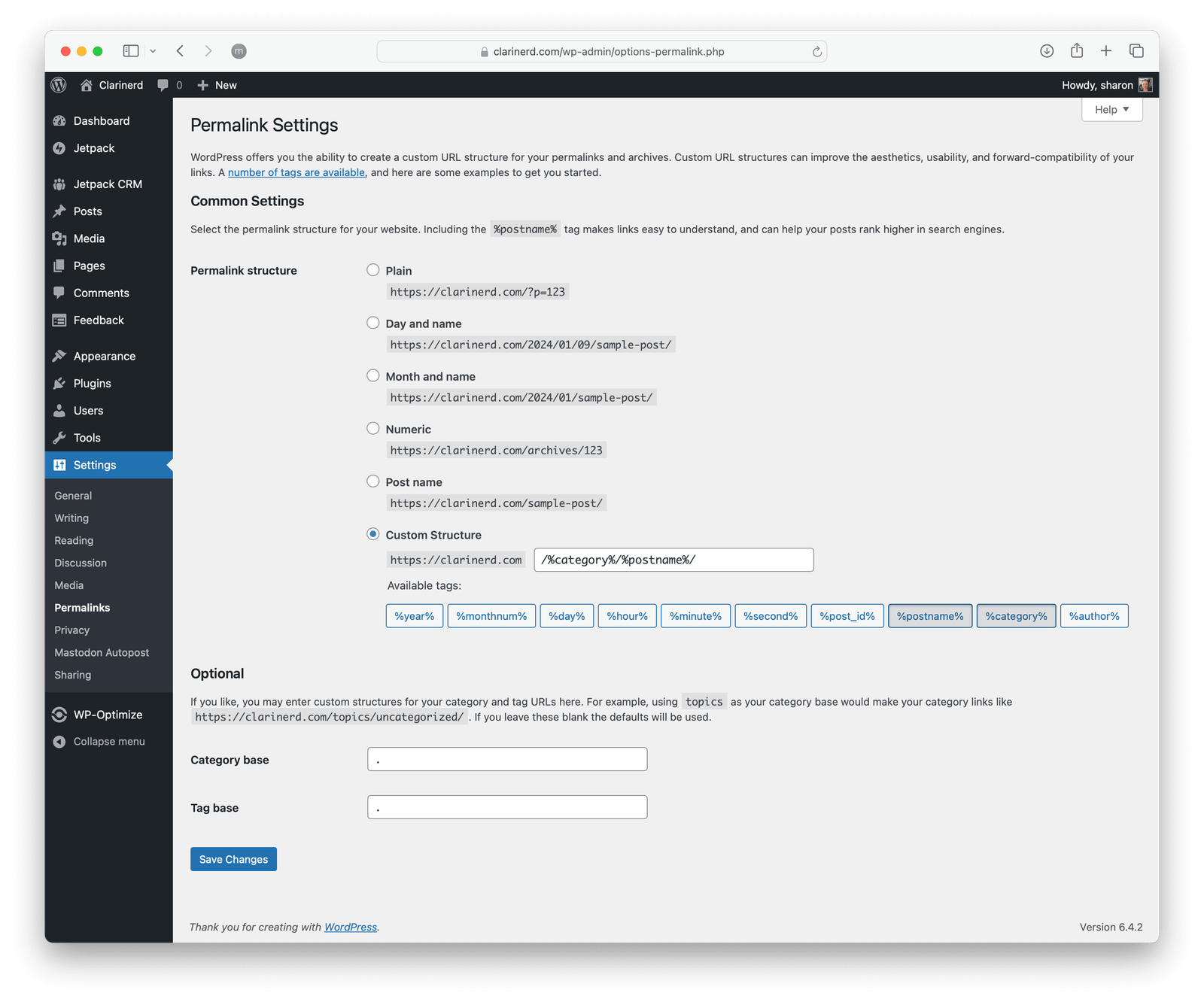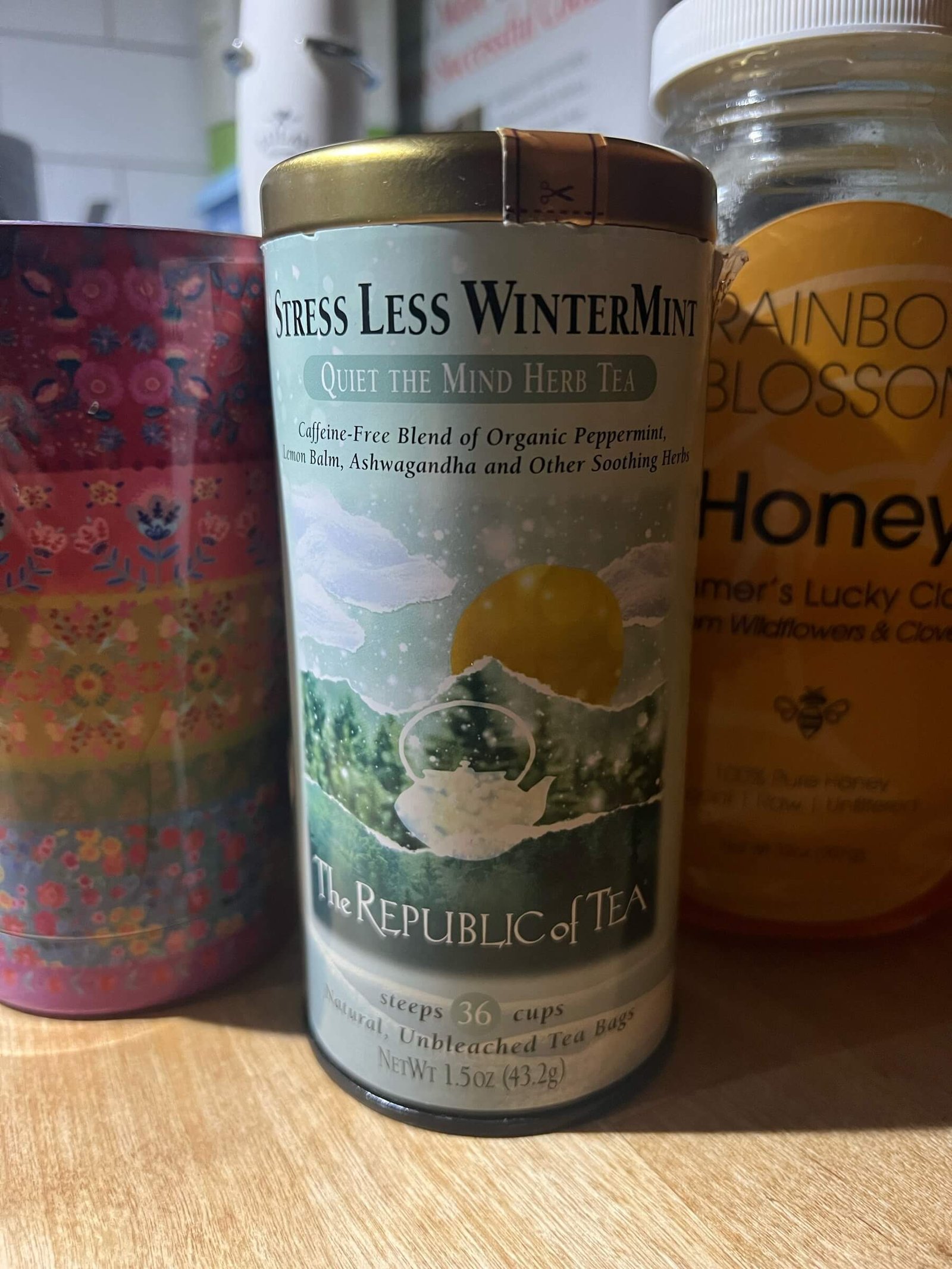-
In Honor of the Day…

I’m sharing this in celebration of the current holiday. Here’s a passage from Kahlil Gibran’s renowned work, “The Prophet,” which never fails to inspire. [read more]
-

One thing I learned yesterday was the guys who yell and complain every time Taylor Swift gets mentioned or shown during any NFL game are called BROFLAKES and I’m so here for it. [read more]
-
Coming Out: A Survival Guide for the Cis/Het Community

Oh, no! Your friend / family member / coworker just came out to you. What do you do? Not to fear! Here’s a short guide on what to do when it happens to you: [read more]
-
Remove “category” from URLs

WordPress, by default, adds the word “category” into your category links, and the word “tag” into your tag links. The workaround used to be to add a period into the base settings of each one (seen in the screenshot above). If you make these changes, the first page of your category will work, but the […] [read more]
